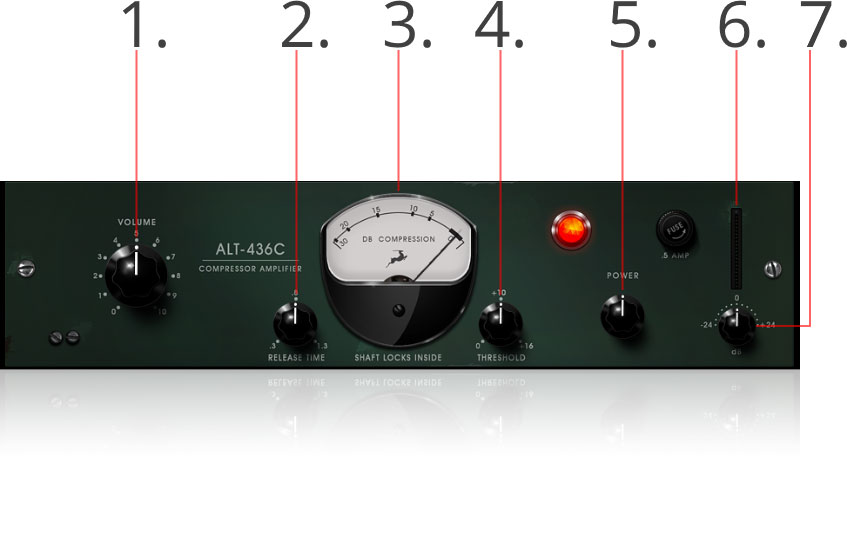1. Introduction
Modeled after another late 1950s legend, the ALT-436C is an iconic single channel, vari-MU tube compressor with fixed attack times. Being the third revision of a compressors series, which were heavily modded by sound engineers working on pop records of the era, the ALT-436C has added Threshold and Release Time controls. Loved by producers in the Beatles era, this initially inexpensive and now legendary unit is extremely helpful for bass guitars, vocals, string instruments, and even synths! Back in the day pop music wasn’t so cold and sterile, and this unit is one of the reasons why. Explore it thanks to the Antelope Audio FPGA technology!

